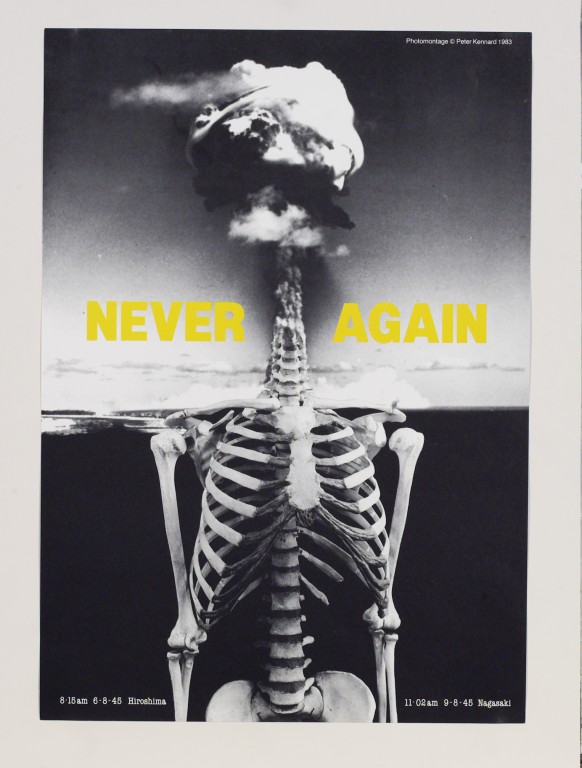During the Research and Communication tasks I feel I have gained an insight into the cultural and political thinking of artists thanks to exploring different art-movements in their contexts. By looking at artwork isolated in its context and in comparison, to contemporary ideas I have come to understand how the context, purpose and meaning contribute heavily to their success.
I strongly enjoyed the research element of these tasks as new sources helped me develop strong arguments whilst providing me with interesting information I’d not considered before. I believe that over this semester my ability to apply evaluative and critical thinking has greatly improved and it is because of this that my interests have taken a more focused direction towards illustration.
Throughout the tasks I was influenced by the series Abstract to choose a selection of images from a variety of practices rather than disregarding some which weren’t my preference. I found each practice made strong connections to the audience in different ways which is what made the work successful. This began my interest in how the process of creation communicated meaning. I think this interest was strongly consolidated during the modernism and post-modernism lecture. I much preferred the post-modernist ideas of deconstructing and asking questions. It created a new perspective for me on how I could utilise my past and contemporary experiences in new ways.

‘The Great Society’ (Image 1)
An artist’s quote which has been inspirational to me was by Mark Powell (week two) “I want to keep a distance between the figures and myself because I like the sense of mystery that it creates” (1) (Powell, 2013), from this quote I liked the idea that an artwork was more than aesthetic value and that by changing the medium and method the entire message could be intensified. I consistently returned to this idea, intrigued by art-movements where this came through strongly. I found learning about counter-culture very valuable in contextualising ideas showing how historical context was relevant today. This mainly came through when looking at ‘The Great Society’ poster which I didn’t believe to be visually successful at first but on reflection found the theory behind it, that the layering process of the print reflected more and more resources being layered onto Vietnam- a war which the American people were against, complimented the daunting visual perfectly.
By being able to look at many practices I can conclude that theory is not limited by practice. Within practices, technology has allowed progression- new ways of delivering ideas which create endless possibilities giving no one practice an advantage over the other. Important graphic artists to me were Rauschenberg and Kennard who made big statements simply through their use of images. They provided me with clear examples of how theory and practice go hand in hand; theory creates depth within artwork which allows multiple interpretations to be explored. In this way every individual can project their own meaning onto an artwork whilst the practice provides the means for communication. Without art making personal connections, the meaning becomes lost which ultimately means the work is unsuccessful.

‘Buffalo II’ Robert Rauschenberg (Image 3)

‘Never Again’ Peter Kennard (Image 2)
References:
(1) Holly Simpson. (2013). Mark Powell Interview. Available: http://www.thelondonillustrationfair.co.uk/markpowell-interview/. Last accessed 22/10/17.
Images:
(1)- Anonymous. (1967). The Great Society. Available: https://i.pinimg.com/originals/95/27/b3/9527b334c2cb44b98a8b45e5d8730917.jpg. Last accessed 26/11/17.
(2) Peter Kennard. (1983). “Never Again”. Available: http://media.vam.ac.uk/media/thira/collection_images/2006BB/2006BB5388.jpg. Last accessed 3/12/17.
(3) Robert Rauschenberg. (1964). buffalo II. Available: http://hyperallergic.com/wpcontent/uploads/2013/04/Rauschenberg-320.jpg. Last accessed 2/12/17.
